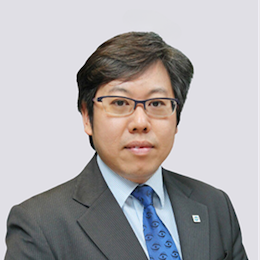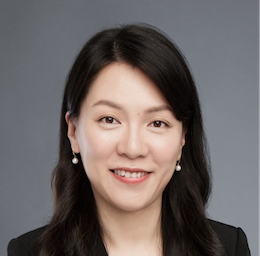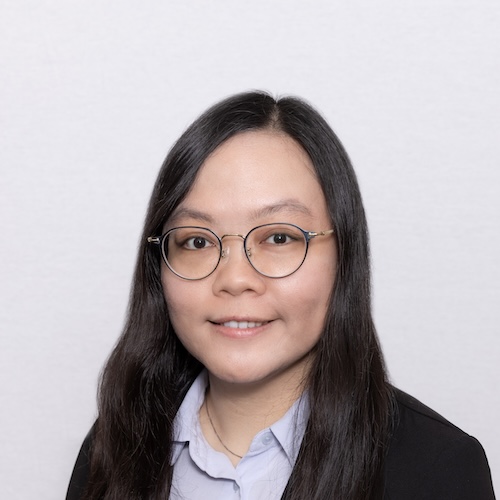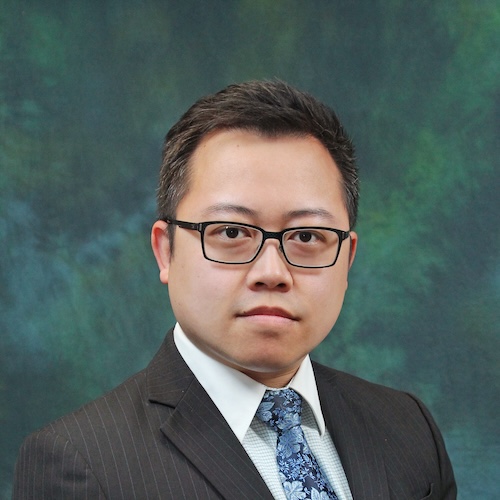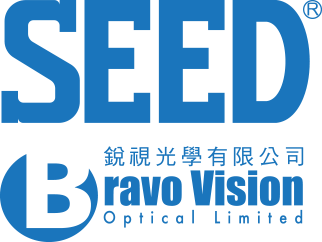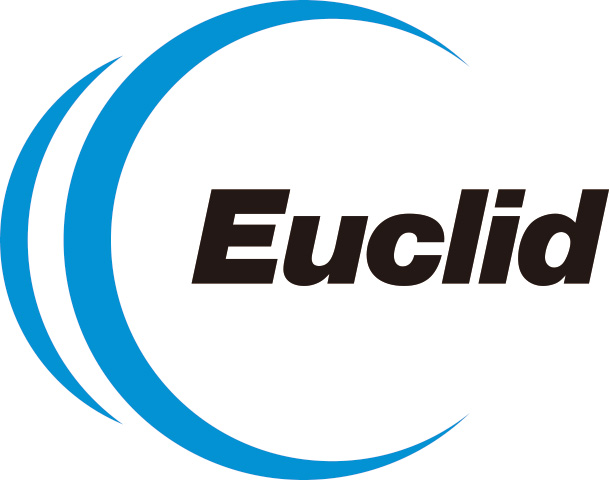Biography
Anna graduated as an optometrist from Aston University, UK and worked in practice for several years before moving to Visioncare Research Ltd. She joined Hydron R&D in 1997 as International Clinical Manager, and then Johnson and Johnson Vision Care in 2000 where she was UK Professional Affairs Manager until 2004. After a few years dividing her time between private practice, medical writing, research and consultancy to the contact lens industry, Anna worked at Johnson and Johnson Vision from 2009 until 2018 in Global Medical Affairs. Anna joined CooperVision in 2019 as Director of Global Medical Affairs. She is Past President and Fellow of the British Contact Lens Association, and Fellow of the American Academy of Optometry. Anna has presented on contact lens and anterior eye related topics around the globe, and authored numerous publications, including being part of the teams that reviewed, synthesised and summarised evidence on contact lenses to develop the BCLA CLEAR™ (Continued Learning Evidence‐based Academic Report) global consensus publications, including the paper on presbyopia and multifocal contact lenses in 2024. She serves as a reviewer for several key vision science, anterior eye and contact lens peer-reviewed journals.
Abstract
It is estimated that around 2 billion people struggle with presbyopia globally, and while research shows that soft multifocal contact lenses (MFCLs) perform well, the number of presbyopes being prescribed them is relatively low. Concerns from eye care professionals include chair time and fit success rates, although it is known that in addition to improving patients’ vision and quality of life, MFCLs can also help to build a practice.
This presentation will demonstrate how CooperVision’s Binocular Progressive System™ found in MyDay® multifocal, and now clariti® 1 day multifocal, meets the needs commonly identified by eye care professionals and their presbyopic patients: excellent vision, comfort and health. Leveraging expertise in optical design and successful prescribing practices, the daily disposable, silicone hydrogel, MFCLs feature the innovative 3-add approach that caters to all levels of presbyopia with effective, simple fitting, optimal visual acuity at all distances, and comfortable wear.
Additionally, findings from recent publications will highlight that meeting presbyopes’ vision needs is strongly correlated with wanting to wear MFCLs and is more important than comfort needs, and that overall vision satisfaction on dispensing is a good indicator of vision satisfaction and intention to purchase after 1 week of wear to help indicate the likeliness of success.



